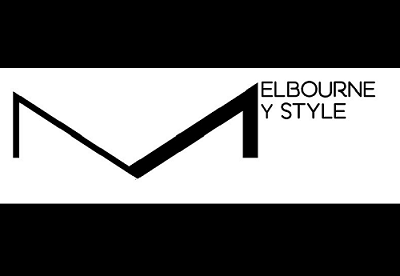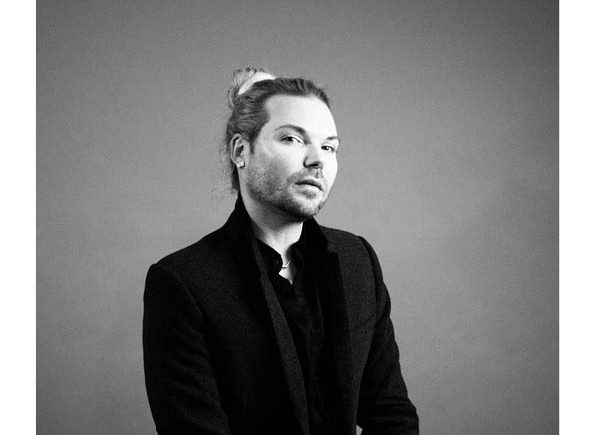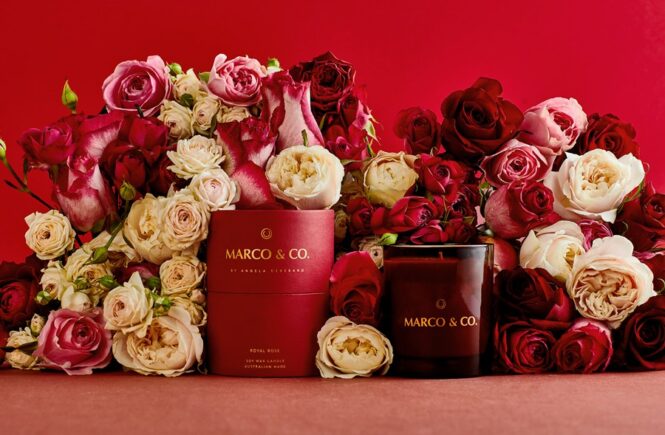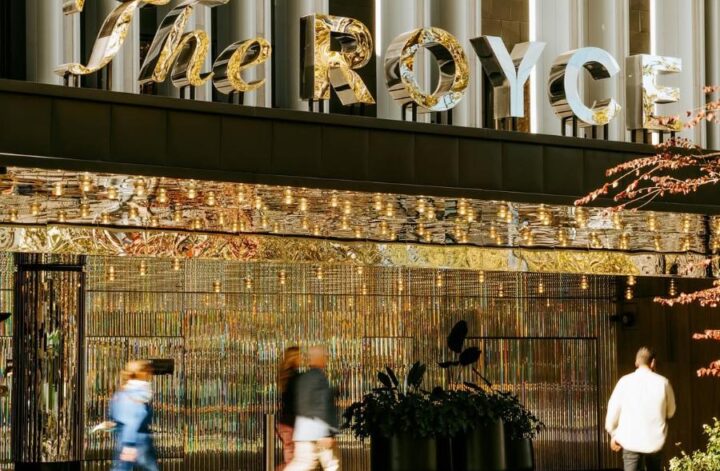As a senior academic at ‘The Masters Institute of Creative Education, with a small independent label as well as being a consumer of fashion, I am currently finding myself being asked a number of questions, both by those within the fashion industry and those who simply wear fashion.
What is sustainable fashion? What is ethical fashion? Are they the same? What is local fashion? What is slow fashion? Then there are the questions that follow; why are these topics so important? Does the consumer really care?
Let me shed some light on these topics. The first thing to note is that these topics are not just important, they are not hot trend topics and they are not the future. These topics are our present and as both designers and consumers we have no choice but to educate ourselves appropriately on how we both design and consume, so to make informed decisions based on a combination of knowledge and our individual ethos.

What is sustainable fashion?
Sustainability comes in many forms and it is a very broad term. It is because of this that people tend to not be able to quantify its meaning. So let’s put it in a nut shell, shall we?
To start off with, look at a fashion garment as nothing other than a product, when it comes to assessing its sustainability. Ask yourself these questions, what is it made from? Is the composition of this fibre good to earth or detrimental? Is it mass produced? How good is its quality? How long will it last? In order to become a ‘conscious consumer’, the answers to these questions should be enough for you to make your decision on whether or not to purchase a garment based on the topic of sustainability.

What is ethical fashion?
This topic sometimes gets confused for sustainability. These topics are adjacent and do fit within the same conversation but ethical fashion is a topic that focusses more so on how things are produced. Once again in a little nut shell, if you as the consumer, when purchasing a garment have access to that garments history, i.e.; where it was made and who made it and whether these people are paid well? You are then able to base your decision for purchase as a ‘conscious consumer’, on the ethical production of that particular garment.
So then I am often asked how we find that information. EASY, ask them! If a company is transparent with their consumer regarding supply and distribution channels, their sales staff should know enough about the production of the product they are selling you to be able to answer those questions. I personally start to worry when I ask for this information and no-one seems to know. I then consider to shop elsewhere.
What is local fashion?
Again this question comes with many questions around it. Basically yes, it means the garment is both designed and manufactured within a geographical restraint. Regarding my label, it also refers to the fibre being used within that garment. Currently my product is both designed and manufactured in Melbourne; along with this the fibre is also grown within Australia, having said that, the manufacture of that fibre, though it’s being woven, and /or knitted is done off shore. So with this information, you then as a consumer can then make an informed decision based on the localisation of my product as to whether or not to purchase.

What is slow fashion?
Let’s jump back into that nut shell, slow fashion is exactly that, it’s not fast. This type of fashion is where some designers lose out. Currently a great many consumers don’t understand the purpose of slow fashion. This is based on the ever disappointing fact that we as consumers expect everything now.
In order for fashion to really be sustainable ethical and local, it must really be slow. Slower lead times means, slower manufacturing with fewer units and slower delivery. The next question is always, why don’t designers just do that then? The horrid truth is that, designers can’t. YEP, I said it. We can’t truly embrace slow fashion unless all of us as consumers want it.
If I refer to my small label which is slow, I keep no stock, everything is made to order and my delivery is four to six weeks from purchase. This is why I have many other jobs within the industry other than design. Slow fashion only pays so many bills. Consumers don’t yet seem to be fully ready for a new fashion industry structure that quite frankly should have changed years ago.
So I hope by responding to these common questions, which most people ask and seem to care about, but not really understand how they can personally contribute has helped. Please remember to get the information regarding the items you buy. Crack that nutshell we have all been inside of and get informed, inspired and support your local, ethical and sustainable designers so that they can produce innovative fashion slower. FOR YOU; ‘The conscious consumer’.
Written and curated by,
Todd Anthony.
@Toddanthony.design (Instagram)
The Masters Institute




